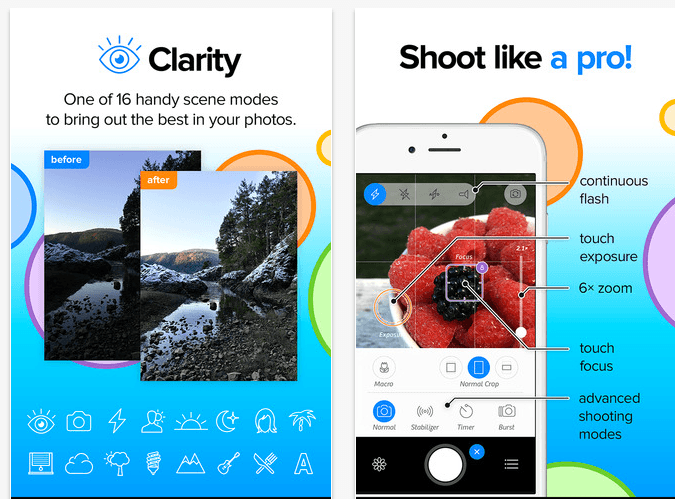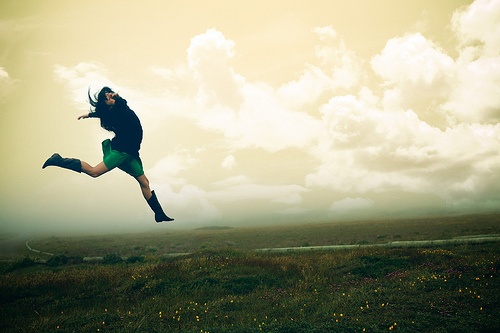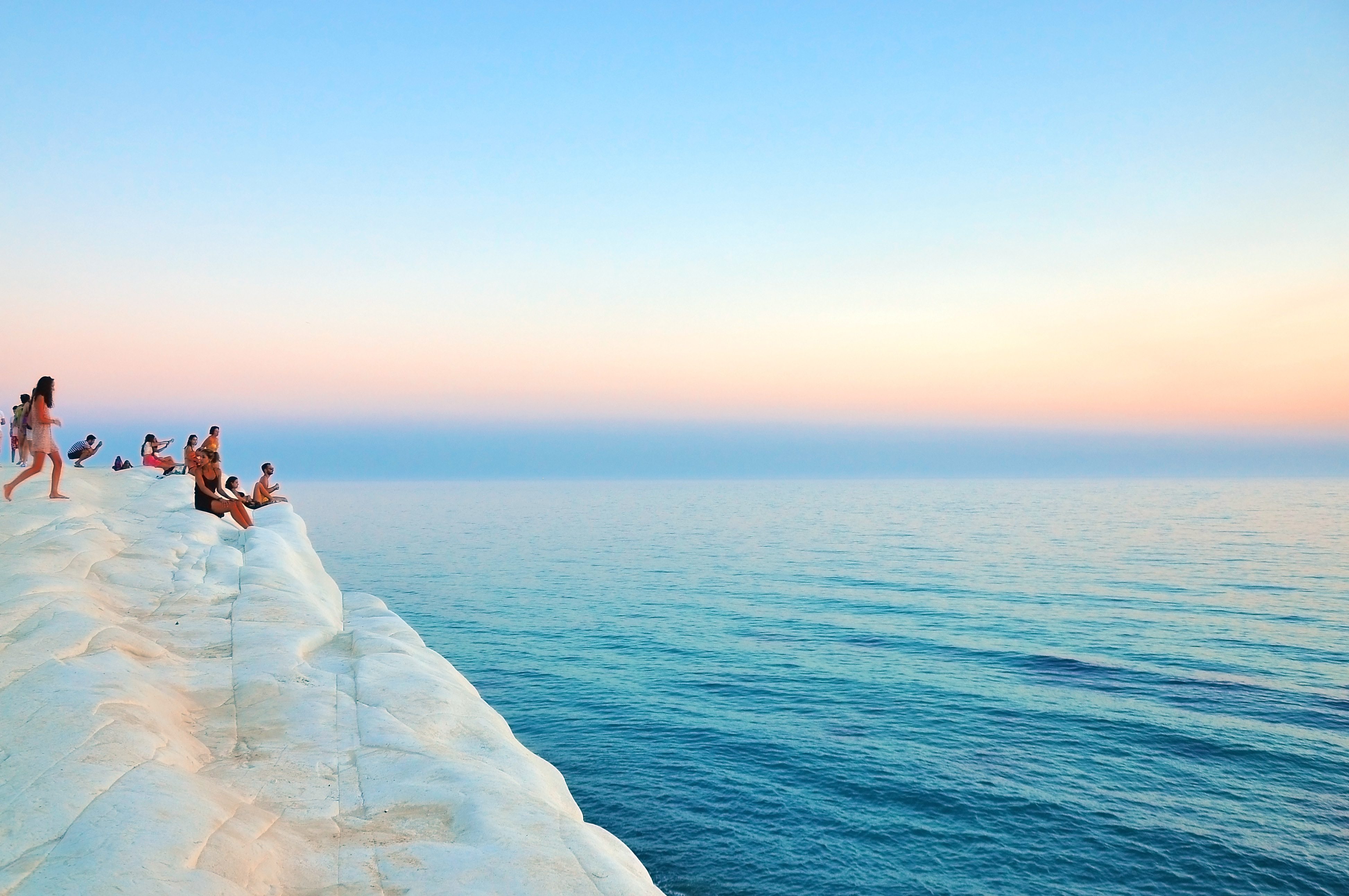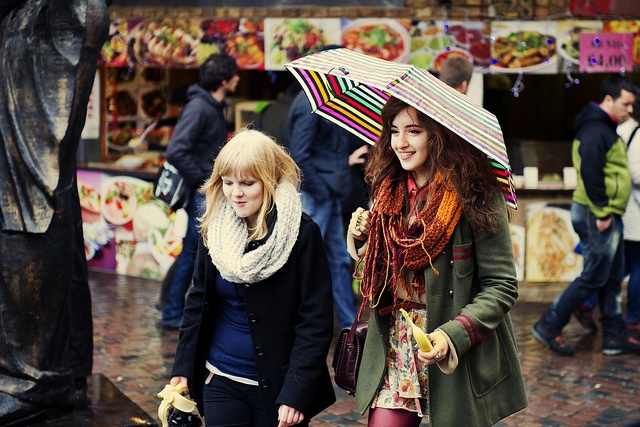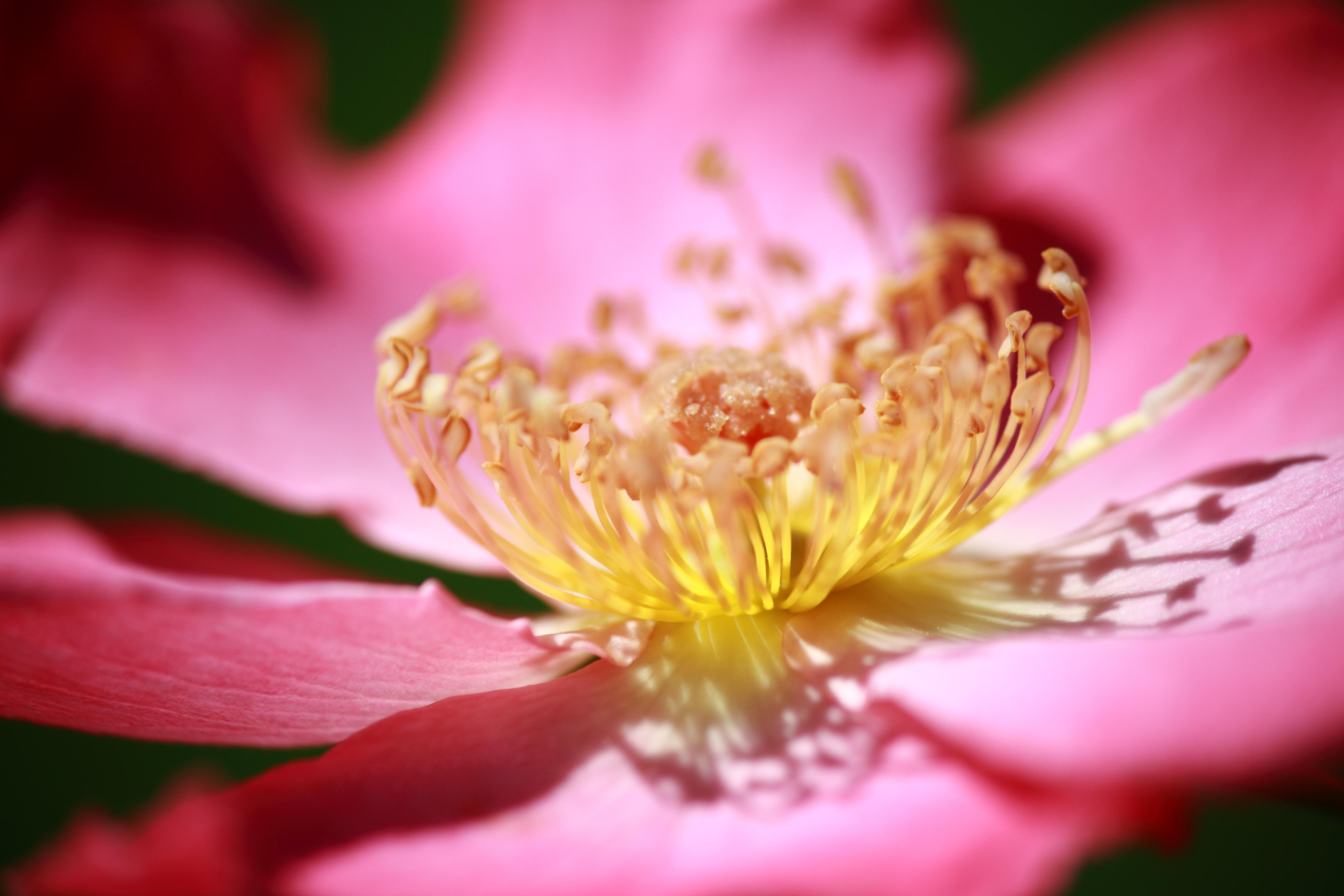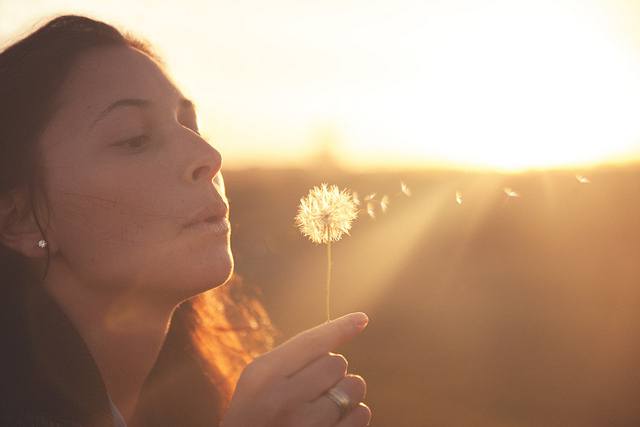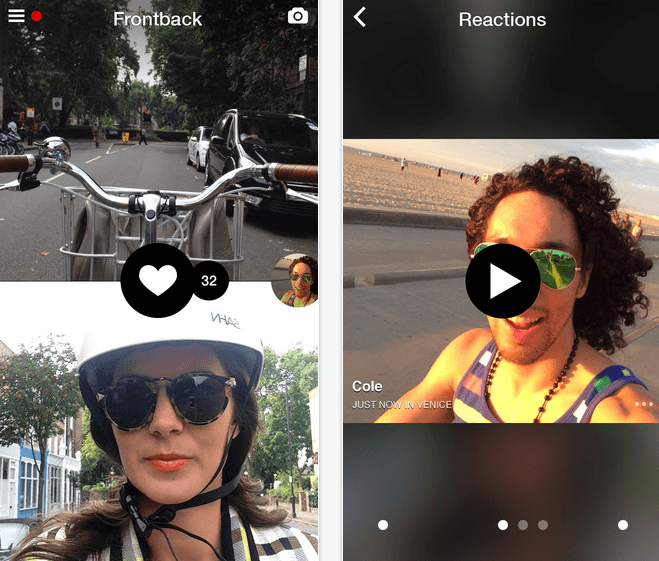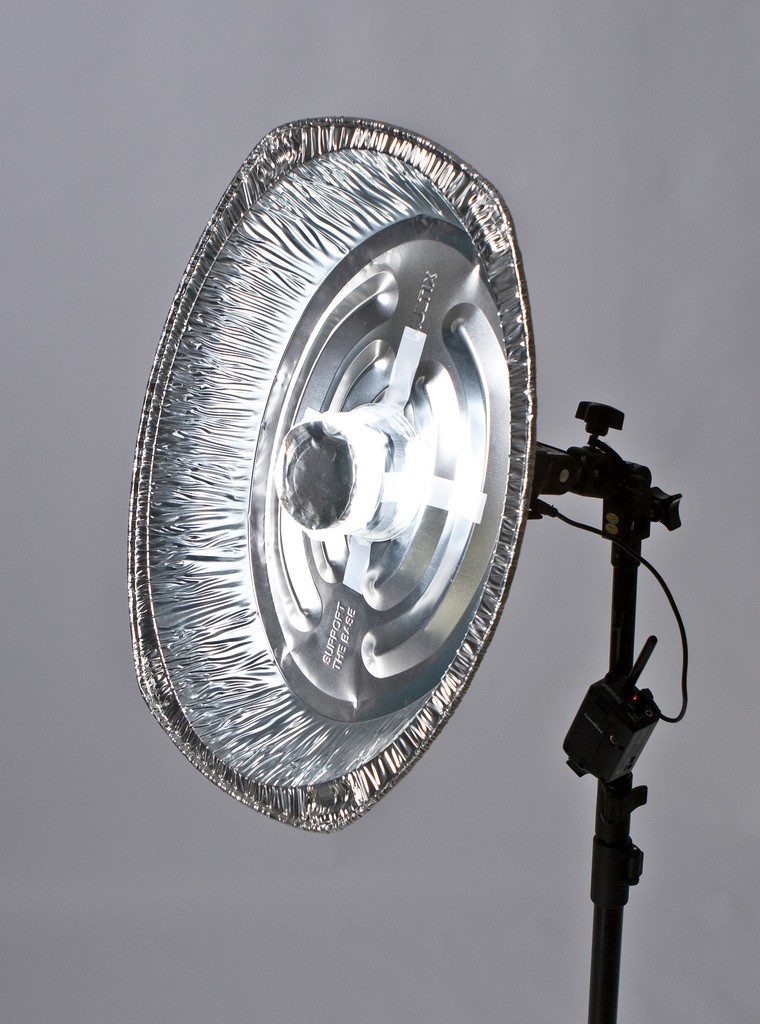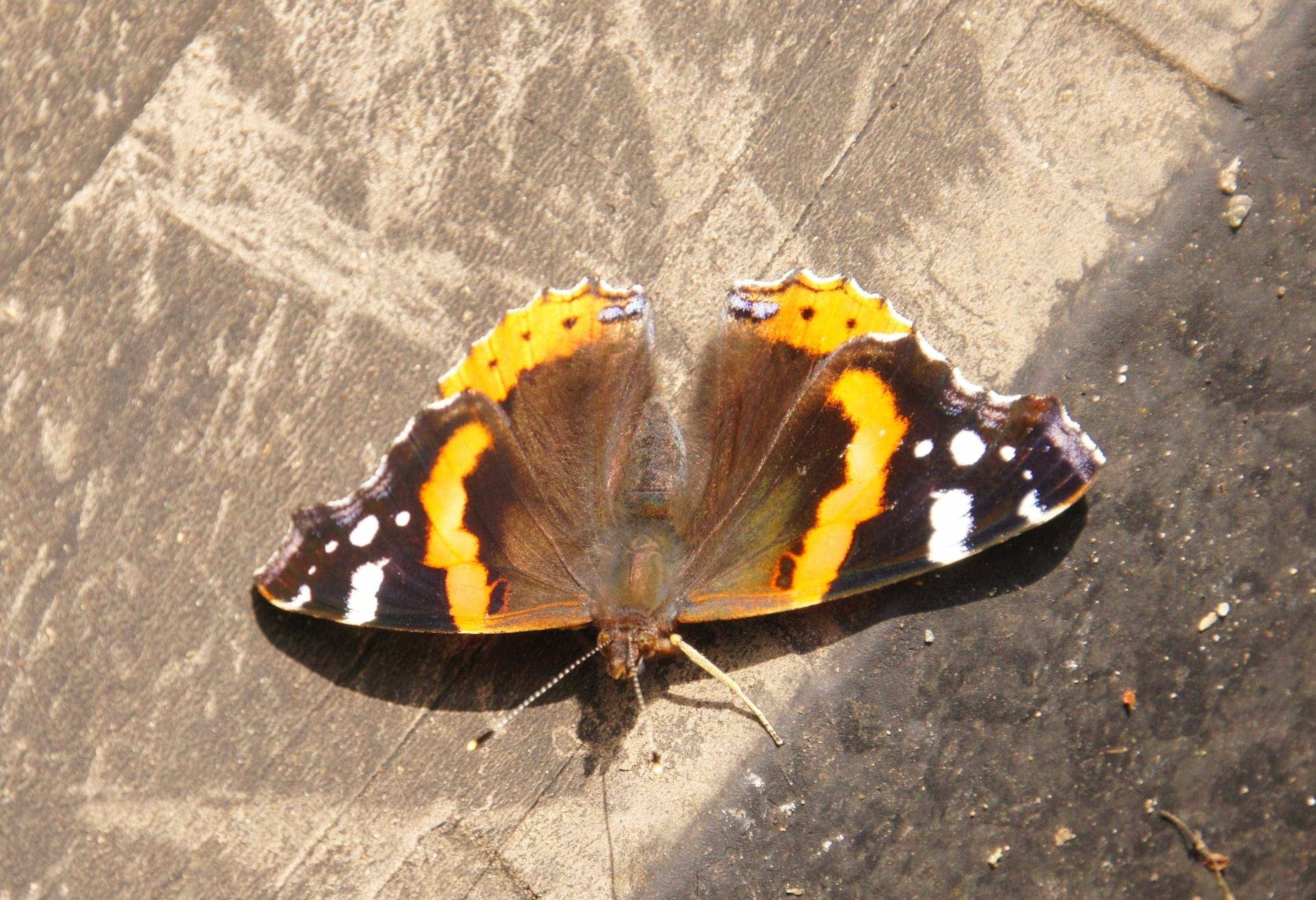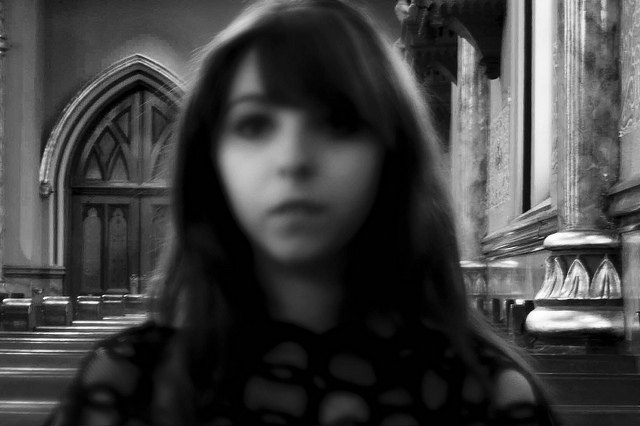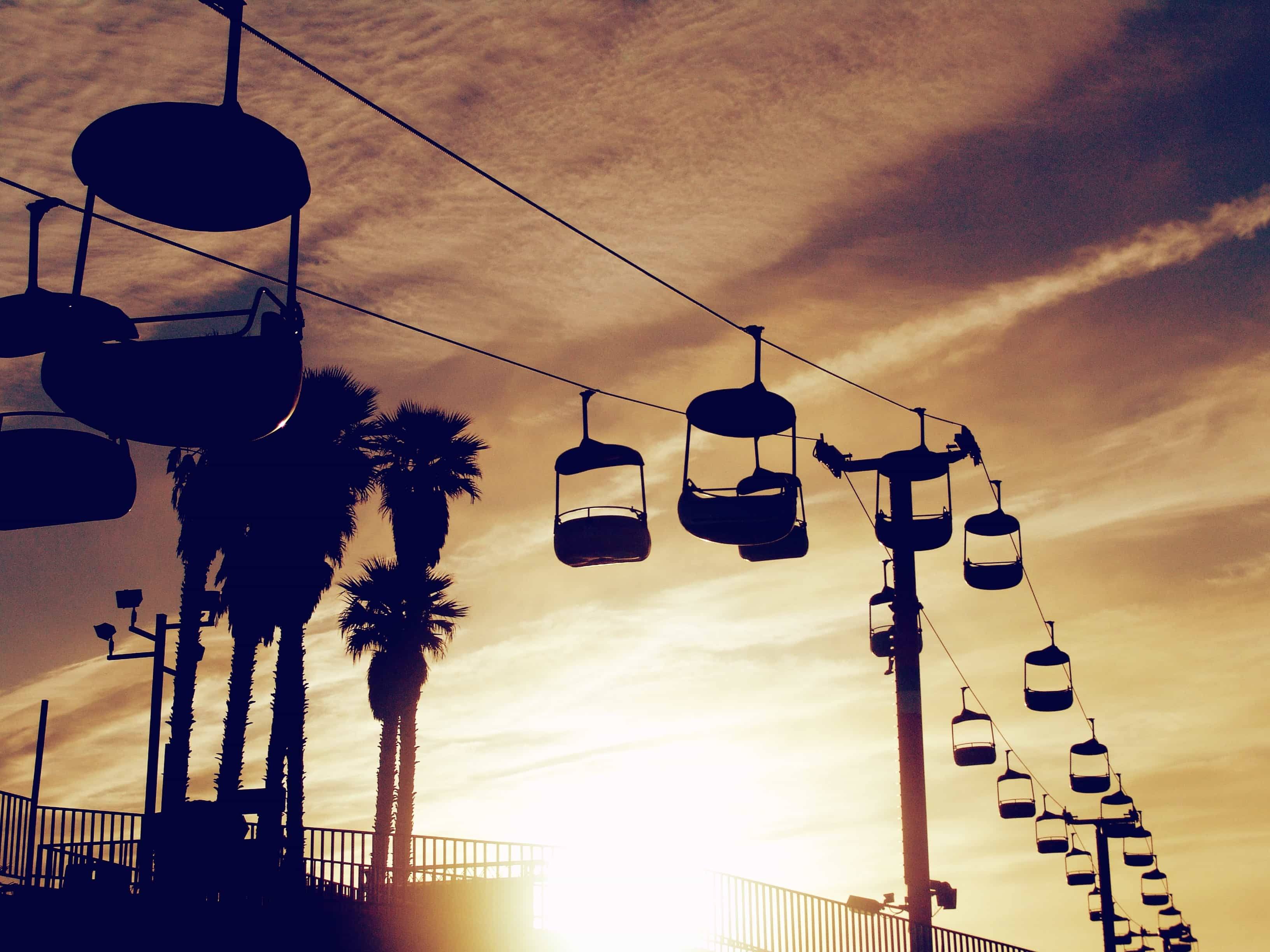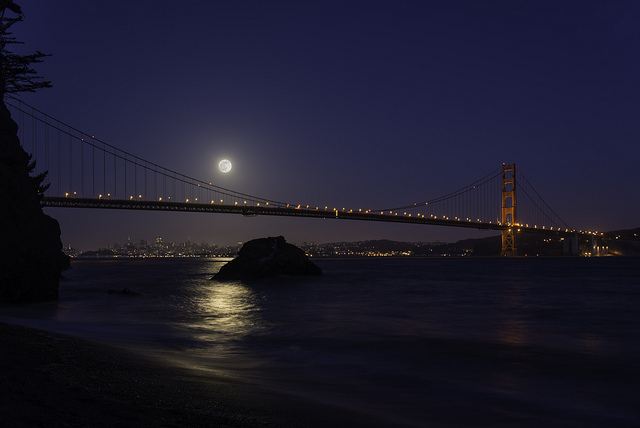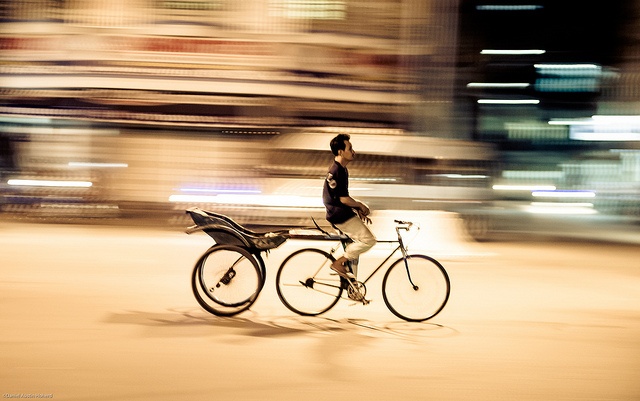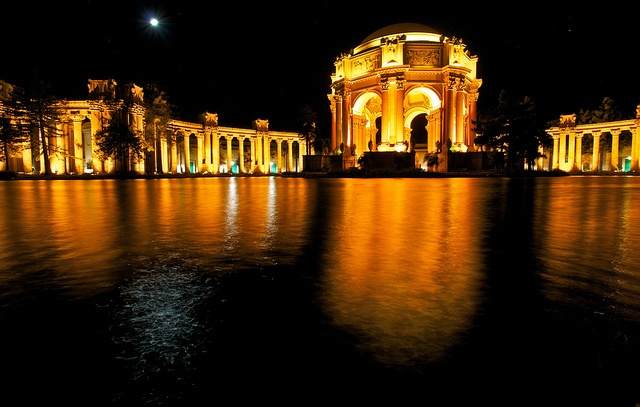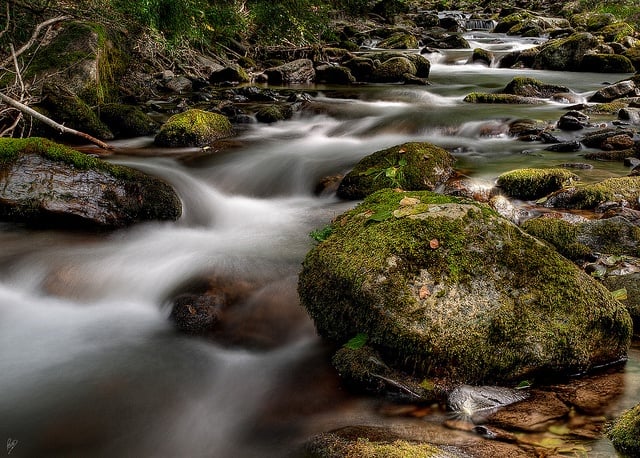According to Ansel Adams,”a good photograph is knowing where to stand.” Turns out, it’s a bit more complex than that, but you don’t have to be an expert photographer to take meaningful photographs. Capturing moments with your camera has never been easier with the ever improving smart phone capabilities, apps, free photography sites and e-books. Whether you are striving for more impressive Instagram-worthy shots on your smart phone, or you are a DSLR photographer in the making, these tricks will help lead you down the road of picture taking mastery.
1. Use the Aperture Priority mode to get those professional looking portrait shots with the out of focus background
Using the “A” or Aperture priority on your camera’s mode dial gives you control of depth of field. Aperture settings are measured in “F-stops.” One thing to note is the wider apertures actually have lower numbers, while the more narrow apertures have higher numbers. For example, a F2 has a wider aperture than an F22. A wider aperture decreases the depth of field in your shot making the background more blurred out, but keeping you subject in focus.
2. Mix artificial and natural light for ideal city night shots
Time the taking of your images so that the light levels from each source (artificial and natural) is the same, which will produce an evenly exposed shot. Take a spot meter reading from both the sky and an area of the shot that’s well artificially lit. When the sky is still slightly brighter, start shooting using the spot metered setting for the artificially lit part of the scene. Continue to take pictures using the exposures. You should have a few shots that are perfectly exposed during the ten minute window where the scene will be perfectly lit.
3. Use Apps, such as Camera Awesome and Camera+, to enhance your smart phone pictures
Photography apps on smart phones have come a long way. While smart phones don’t offer the professional capabilities of DSLR camera, you can still use these apps to help adjust and enhance your photos to take them to a new level.
Two favorites are Camera Awesome (iphone and Android) and Camera + (iphone). Camera Awesome has an easy-to-set timer and burst feature. It also allows you to set ISO, white balance and exposure separately.
4. Use burst mode to capture a fleeting range of expressions, motion and improve the odds of a good group shot
In burst mode, several photos are captured in quick succession. This feature is available on most digital cameras, DSLRs and through app features on your smart phone. You shoot in this continuous high speed by holding down the shutter button on your camera.
5. Be in two places at once with an easy panoramic trick
With the help from a friend and a little jogging, you can pose in the frame multiple times. Open your phone’s camera app and select the panoramic mode. Have your friend start on the far left of the frame and slowly pan to the right. As soon as you are out of the frame run around behind your friend and pose again somewhere to the right. Play around with it to see how many times you can squeeze into the frame.
6. Speaking of panoramic shots, change the direction and angle
These aren’t complicated, but they might be something you haven’t realized yet. Change the panning direction by simply tapping the arrow and it will switch direction. Take vertical panoramic photos by rotating your smart phone so that you are holding it in landscape orientation. Instead of panning horizontally, pan vertically from low to high, or high to low.7. Perfect “Jumpology” photos using burst mode and faster shutter speeds
Get low to take the photograph so the jumpers appear higher! If you have your subjects try to create shapes with their bodies instead of jumping straight up and down, it will give more of a floating effect. To ensure sure you capture the perfect moment, use the burst mode on your camera and a faster shutter speed to freeze the movement.
8. Find the best spots for stunning sunrise and sunset photos using The Photographer’s Ephemeris (TPE) app to map out the position of the sun
It’s a map-centric sun and moon calculator, allowing you to see how the light will fall on the land, day or night, for any location on Earth. It’s especially helpful in planning for early-morning shoots, when it’s harder to pinpoint exactly where the sun will rise.
9. Don’t look through the viewfinder to capture more candid street shots
Go a bit under the radar and see where it takes you when you don’t look through the viewfinder. Select your camera’s Program mode and set the drive mode to silent if your camera has this feature. Pre-focus the lens manually about five or six feet.
Place the camera on your strap at a longer length over your shoulder and press the shutter release in short bursts as you stroll around an interesting people watching street.
Make sure to review your shots every now and then to make any small adjustments to focal length and the position of the camera.
10. Use Inexpensive Macro Filters to Get Close-Up Magnification
If you can’t afford a dedicated macro lens, you can get a similar effect for a fraction of the cost with macro filters. When using a macro filter however, you will want to keep your aperture small – such as f11 to f18 – to get a good depth of field (so more light is required).
11. Take backlight photos at golden hour for desirable portraits with a warm glow
The golden hour in photography is the first and last hour of sunlight of the day, where you get the desired soft light for halo like portraits. And if you really want to be precise, there is an app for that. The Golden Hour App shows you the path of the sun in the sky for the location and date selected.
12. Capture Both Sides of the Moment with the Frontback App
The app (on Google Play and in iTunes) uses the front and back of your camera to capture what you see and how you feel at any moment. Some have described it as having your face being the emotion, or caption, for what you are seeing and experiencing. If about to bungee jump off a bridge your #frontback image might show the view of the drop and perhaps your anxious selfie before the jump. Once you’ve taken a photo, you can share it in a single image to Facebook, Twitter, Instagram, and the app’s news feed.13. Turn a Turkey Pan into a DIY Beauty Dish for Under a Dollar
Beauty Dish is used by portrait photographers to get a flattering lighting effect on their subject. The intensity of light on the subject compared to the surrounding, and the silver color reflected off of the aluminum add to the effect. Cut a hole in the center of the turkey pan, add some aluminum in front, assemble as shown with the flash/bulb inserted.
13. Use a Drop of Water to Create Your Own Macro Lens on Your Smart Phone
Another Macro Lens trick is to use a straw to drop a small droplet of water on your smart phone lens to magnify your image immensly. A small drop won’t run off when you pick up your phone to take a picture.
14. Use a plastic bag on your lens to get a haze and blur effect
Crumple a plastic bag, wrap it at the front of your camera lens and fix it with a rubber band. Tear it at the center using your hand which will create stretch marks and create a fading transition effect from blurred to sharp region. You can double up on bags to achieve an even greater blurred effect.
15. Overexpose your photo in low light situations.
Use your camera’s exposure compensation capability to dial the exposure compensation to the positive side in order to purposefully overexpose your photo. The scale on most DSLR’s allow from -3 to +3 stops in 1/3 stop increments.16. Perfect the simple silhouette by taking an exposure reading from the sky
Put your subject in front of a light source (often the sun) and turn off your flash. Set your camera to spot metering and point the camera towards a brighter part of the sky (but not the sun). You can take an exposure reading by pressing your shutter button half way down.
17. Use Bulb mode for stunning moonlight photos
Using one of the standard modes the longest exposure possible is 30 seconds, so you’ll need to use Bulb (B) mode instead which will allow exposure of any length. You do this with a remote shutter release. Press and hold/lock the remote to keep the shutter open for the desired time. This will help you with your night sky photography.
18. Lower the shutter speed and pan to create motion
To capture your subject in motion, choose a shutter speed that is around two steps lower than needed. Keep your camera on your subject, with your finger half way down on the shutter to lock to lock the focus. Take the photo and pan the camera with them as they move.
19. Choose Aperture Priority and a deep depth of field to get dramatic architecture pictures at night
For these shots, a tripod and cable release would be ideal, but not a necessity. Set your camera to Aperture Priority and choose a small aperture for deep depth of field so the building is sharp. You can also play with your shutter speed to allow for more light to come through.20.Slow down your camera’s shutter speed and with a neutral density (ND) filter for dreamy landscape shots.
You can have more control over your image when using a ND filter. You can take photos where the faster moving water looks calm and silky, or moving clouds look like surreal streaks in the sky. The filter allows you to better regulate the amount of light and slow down your shutter speed to get the same exposure you would have gotten without the filter.



